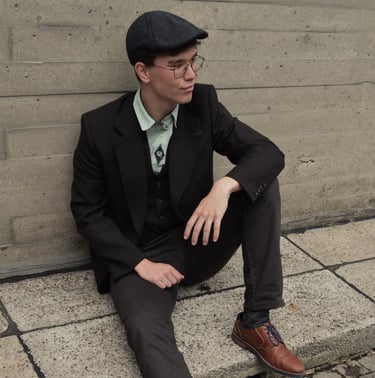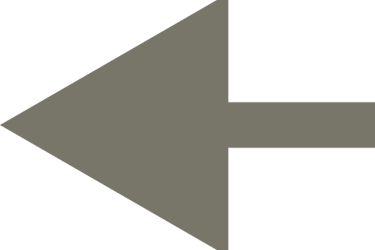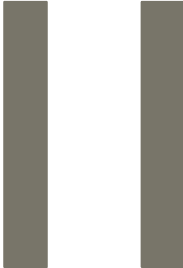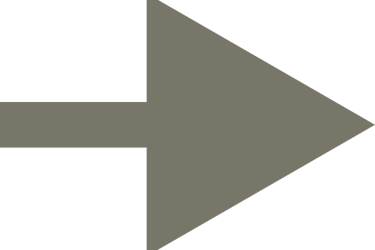


My name is Albert, someone originating from both Romania and Hungary. Who am I in short? I’m a curious and strategic generalist designer who solves root problems by bridging creativity, business, and education. I create accessible, hands-on tools and processes that empower others to turn knowledge into action. My work connects disciplines, streamlines complexity, and sparks independent making through various methods ranging from purely technological to behavioral change.
L. Albert Szabo

my professional identity
my vision
How do we become lifelong learners? How do we build a world where everyone is curious? And why should we dedicate ourselves to that?
Evidence and lived experience both tell us: when learning stops, our minds and our lives pay a steep price. Cognitive decline isn’t just an invisible worry. Without continuous stimulation, the brain loses its sharpness, and the risk of dementia and other neurological diseases rises drastically. These illnesses don’t only degrade individual well-being but ripples outward, touching families, communities, healthcare systems. We must act, because none of us are spared (Flexman, 2021).
At the same time, companies that put learning at their heart don’t just survive, they thrive. Organizations with strong Learning & Development programs win on multiple fronts: higher quality output, greater innovation, stronger employee satisfaction, and more cohesive, vibrant cultures. When people are allowed and encouraged to grow, magic happens (Essounga, 2018).
It is clear: flexibility and openness to learn are among our most precious assets, vital for physical and mental health, essential for personal meaning, and fundamental to human progress. I aspire to help build a world where curiosity is not an exception but the norm; where knowledge is not locked away but freely shared; where going to work doesn’t feel like labor, but like a chance to explore, create, and grow.
Just as in the success stories of global organizations (for example, Google, IKEA, LEGO), I believe Learning & Development should be embedded deeply as a core, strategic pillar. When training is constructive, playful, fun and aligned with purpose the impact is profound.
My role in this journey toward a learning-centered world is to champion open science, to support L&D in large organizations, to shift culture from rigid to resilient. I want people everywhere to feel that their work is more than work, that it’s part of something meaningful. I want to bring together learning theory, psychology, and design thinking to transform what often feels cold and fixed into something alive and generative.
As a designer, I am driven by curiosity and a desire to explore the unknown. I use embodied design to uncover unconventional connections and approach problems from unexpected angles. By drawing on methods and insights from various industries (seen in my projects), I uncover hidden links that are often missed in traditional design. My focus is always on addressing root causes rather than surface-level symptoms, aiming to solve problems fully rather than temporarily (Brown, 2009).
I consider myself a generalist who enjoys learning across disciplines and mastering skills that prove valuable. I am especially drawn to projects with a business component, as I believe that a great idea only matters if it can be effectively implemented. In my work, I emphasize early stakeholder involvement to align expectations and make collaboration efficient through clear communication and fast relationship-building.
I combine a methodical mindset with a readiness to seize new opportunities. While I plan major goals a year in advance, I stay open to meaningful collaborations that reflect my values. This approach has led me to explore industrial design from multiple perspectives. In my first year, I secured a corporate internship, followed by a deep dive into project management in my second year, and finally balanced academic research with entrepreneurship in my third.
Although I am aware of my strengths, I continuously work on my weaknesses. I tend to take on too much at once, so I am developing a framework to better prioritize and stay focused. Since my motivation is strongly shaped by my environment, I experiment with different strategies to maintain momentum and avoid creative stagnation.
In essence, I am a curious and strategic generalist, passionate about solving meaningful problems at their core.
Brown, T. (2009). Change by Design: How Design Thinking Transforms Organizations and Inspires Innovation (2009). Markets, Globalization & Development Review, 04(02). https://doi.org/10.23860/mgdr-2019-04-02-08
Essounga, Y. N. (2018, August). GOOGLE’S SECRET TO MOTIVATING THEIR EMPLOYEES SUCCESSFULLY. ResearchGate. https://www.researchgate.net/publication/326920436_GOOGLE
Flexman, R. (2021). Lifelong Learning. Delaware Journal of Public Health, 7(4), 124–127. https://doi.org/10.32481/djph.2021.09.015
All background photos are sourced from the Hostinger image library. Everything else is from me.
AI Statement: ChatGPT 4o was used as a tool to reformulate and improve the conciseness of the written content. No AI image generation was done nor was it used for any other purpose during the making of this portfolio.





